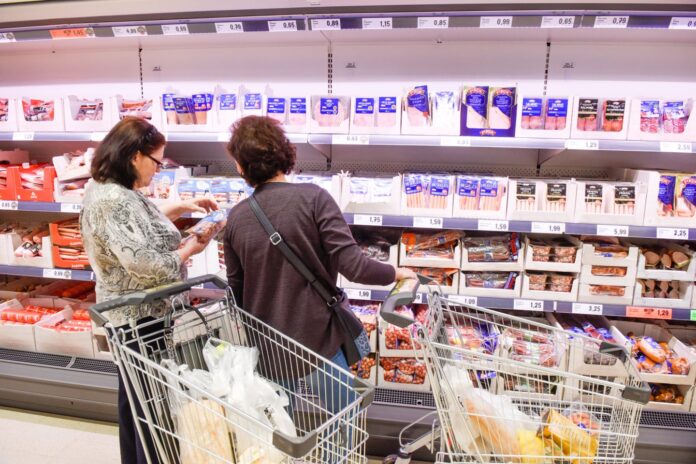
Since the war in Ukraine began in February, 2022, the Baltic countries have registered the highest inflation in the Eurozone with upward pressure on the rate stemming from high food and energy prices. In July, Latvia, Lithuania and Estonia recorded inflation of 21.0%, 20.8% and 22.7% respectively
According to preliminary estimates by Statistics Lithuania, annual inflation in Lithuania hit 21.1% in August. The main factors were growing prices of housing, water, electricity, gas and other fuel goods and services, foodstuffs and non-alcoholic beverages, transport goods and services. The monthly change in consumer prices was 0.6% in August compared to July.
The indicators are calculated on the basis of the Consumer Price Index (CPI), which is harmonized with the rest of the European Union.

According to Swedbank economist Nerijus Mačiulis, inflation is likely to fall in the coming months. “Basically, we are left with one strong inflationary factor, which is the prices of energy resources – expensive gas and expensive electricity, while all other factors are signalling that inflation will decline rapidly,” said Mačiulis. The annual inflation rate of 21.1% is slightly higher than expected, he noted, but the monthly rate of 0.6% is the lowest since August last year. Earlier this year prices increased by about 2% per month, summer saw them slowing down, with price increases in July rising by only 0.8%. For August, the preliminary estimate is 0.6%. Annual inflation has not fallen, but it is clear that it will fall in the coming months.
He noted that price increases will be slowed or halted by weakening consumer spending. The fast price growth has not been matched by income growth, and consumers’ expectations and willingness to consume is declining.
Canada’s annual inflation rate was at 7.6% in July of 2022, easing from the 39-year high of 8.1% hit in the prior month and in line with market estimates. Transportation costs grew at a much slower pace (14.4% vs 16.8% in June), amid a sharp retreat in gasoline (35.6% vs 54.6%).





























